Do you know how many accidents or injuries are caused by snow and ice driving every year?
Data from the U.S. Department of Transportation shows up to 1,300 people are killed, and over 116,000 are injured annually in vehicle crashes on snowy, slushy, or icy pavement.
That’s why choosing the right SUV for snow and ice driving is crucial for your safety and well-being.
Driving in snow and ice can be difficult and risky, as it can reduce traction, visibility, stability, and braking distance.
It can also damage your vehicle or cause mechanical problems. It would be best to have an SUV that can handle these conditions confidently and easily.
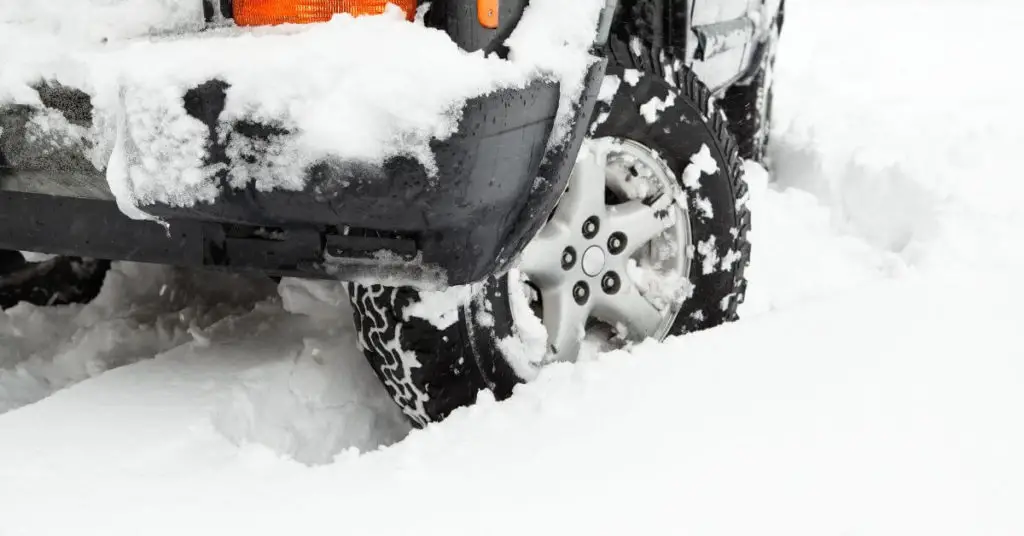
But how do you choose the best SUV for snow and ice driving?
There are several factors to remember when choosing the best SUV for snow and ice driving, such as drivetrain, ground clearance, safety features, comfort, and reliability.
Each factor affects how your SUV performs and behaves in snow and ice conditions and what to look for when comparing different models.
Related Article: Quietest SUV: The Ultimate Guide for a Peaceful Ride
By the end of this article, you will better understand what makes a vehicle suitable for snow driving and the best options available.
You will also learn tips on choosing and maintaining an SUV for snow-winter driving. So let’s get started!
But before we do that, let’s take a look at some surprising statistics or facts about snow driving that will show you why it’s crucial to be prepared and informed:
- Over 70% of U.S. roads are in snowy regions that receive more than 5 inches of snowfall annually12. Almost 70% of the U.S. population lives in these regions.
- 24% of weather-related vehicle crashes happen on snowy, slushy, or icy roads annually12. 15% occur during snowfall or sleet.
- The winter month with the most traffic fatalities in December.
- The use of salt on four-lane highways decreases accidents by 93%.
As you can see, driving in snow should not be taken lightly. That’s why you must know what vehicles are best suited for this weather condition.
Let’s find out!
Table of Contents
Best SUV for Snow and Ice Driving? What To Look For
If you live in a snowy region or plan to visit one, you must ensure your vehicle is ready and capable of handling the challenges of snow driving.
Snow can make the roads slippery, reduce visibility, and affect braking and steering. That’s why you must look for key features that make a vehicle suitable for snow driving.
Related Article: SUV with Remote Start | Why It’s a Must-Have Tech
But what are these key features, and how do they work? Let’s take a look at some of the most important ones:
- All-wheel drive systems deliver power to all four wheels, enhancing traction, stability, acceleration, and hill-climbing on slippery surfaces. Available as part-time or full-time, some also feature torque vectoring to adjust power distribution based on road conditions and driver input.
- Traction Control prevents wheel spin or slips during acceleration or braking on slippery surfaces by using sensors to detect wheel speed and adjusting brakes or engine power accordingly, ensuring control and preventing skids or slides.
- Stability Control prevents vehicle control loss or rollovers during sudden turns or maneuvers on slippery roads by using sensors to monitor direction and speed, adjusting brakes or engine power to individual wheels to correct course, and maintaining stability and balance.
- Ground Clearance is the distance between the vehicle’s lowest point and the ground, affecting its ability to handle uneven or rough terrain. Higher clearance prevents getting stuck or damaged but may compromise stability and handling, requiring a balance between the two factors.
- Winter Tires, designed for cold, snowy conditions, feature deeper treads, softer rubber, and sipes for improved grip and traction on snow and ice. They enhance braking, handling, and fuel efficiency in winter but wear out faster and underperform in warmer weather, requiring seasonal replacement.
- Heated Steering Wheels and Seats offer warmth and comfort using embedded electric heating elements in cold weather. They help reduce fatigue, stiffness, and stress, improve blood circulation, and prevent frostbite,
- Windshield Wiper De-Icers prevent ice formation on wipers using embedded electric heating elements controlled by a switch or button. They enhance visibility and safety in snowy or icy conditions.
Importance of Drivetrain
Before moving any further, a few words of explanation about the drivetrain.
The drivetrain is among the most important factors when choosing the best SUV for snow and ice driving.
The drivetrain is the system that transfers power from the engine to the wheels. It determines how much traction and stability your SUV has in snow and ice conditions.
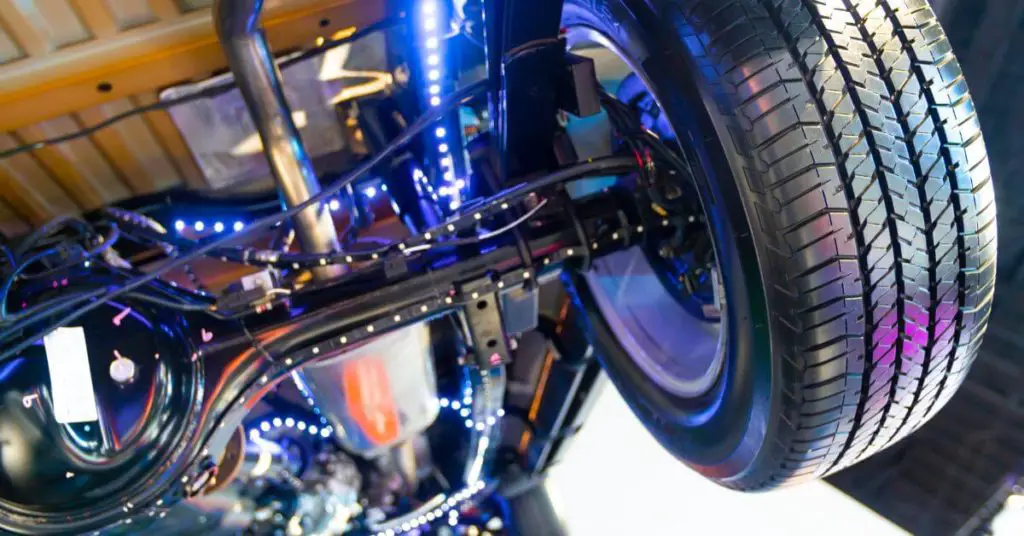
There are two main drivetrains for SUVs: all-wheel drive (AWD), four-wheel drive (4WD), and rear-wheel drive.
Both types can improve your SUV’s performance and safety in snow and ice, but they have some differences that you need to understand.
AWD vs. 4WD: What’s the Difference and Which One is Better for Snow and Ice Driving?
All-wheel drive (AWD) is a system that automatically distributes power to all four wheels as needed to maintain traction only.
The amount of power to each wheel can vary depending on the road conditions and the driver’s input.
Understanding the drivetrain is essential for snow and ice driving, but if you’re also looking for a tranquil journey, check out our guide on the quietest midsize SUVs.
AWD is usually more fuel-efficient and smoother than 4WD systems, as they don’t have a transfer case or a low-range gear.
Four-wheel drive (4WD) is a system that allows the driver to manually switch between two-wheel drive (2WD) and four-wheel drive (4WD) modes.
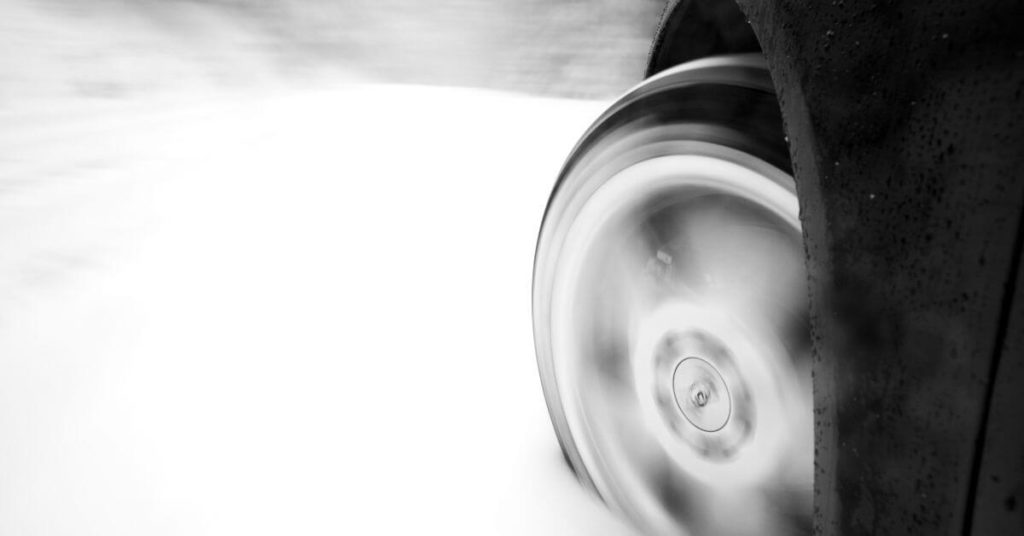
In 2WD mode, power is sent to either the front or rear wheels, depending on whether the SUV is front-wheel drive (FWD) or rear-wheel drive (RWD).
In 4WD mode, power is evenly split between the front and rear axles, providing maximum traction and stability.
Related Article: How to Choose the Best SUV for a Family?
Some 4WD systems also have a low-range gear, which reduces the speed and increases the torque of the wheels, making it easier to drive over rough or slippery terrain.
So, which one is better for snow and ice driving? The answer depends on several factors, such as how often you encounter snow and ice, the weather conditions, and what kind of roads you drive on.
Here are some pros and cons of AWD and 4WD systems to help you decide.
Pros and Cons of AWD and 4WD Systems
AWD Pros:
- AWD systems offer greater convenience and user-friendliness, automatically adjusting to road conditions and handling light snow or ice on paved roads. They also enhance compatibility with modern safety and driver-assist technologies, improving performance and safety.
AWD Cons:
- AWD systems are costlier and more complex than 4WD, with increased maintenance needs and less effectiveness on unpaved roads with deep snow or ice. They are also less fuel-efficient, as power is constantly sent to all wheels.
4WD Pros:
- 4WD systems offer greater versatility, capability, and efficiency than AWD, allowing mode selection, better handling of rough terrain, and improved fuel consumption by only engaging all four wheels when necessary.
4WD Cons:
- 4WD systems, compared to AWD, are less convenient and user-friendly, requiring driver input to change modes and potentially causing issues on paved roads with light snow or ice. They may also interfere with modern safety features and driver-assist technologies
Key Takeaways
The Top Safety Features for Driving in Snowy Weather
Driving in snow can be risky and scary, especially if you don’t have the proper safety gadgets. Snow can make it harder to see, steer, brake, and avoid collisions.
That’s why you must look for some safety features to help prevent accidents and injuries in snow and winter weather.
Related Article: The Best SUV for Seniors
Here are some of the most important ones:
Anti-Lock Braking System (ABS)
- This feature rapidly pulses brakes on slippery roads to prevent wheel lock-up, maintaining wheel rotation and traction. It enables quicker stopping and better vehicle control.
Electronic Brakeforce Distribution (EBD)
- This feature adjusts brake force to each wheel based on load and road conditions, working with ABS to optimize braking performance and stability on various surfaces.
Electronic Stability Control (ESC)
- This feature prevents skidding or sliding during sudden turns or maneuvers on slippery roads by using sensors to detect direction and speed, adjusting brakes or engine power to individual wheels, and maintaining vehicle stability and balance.
Lane Keeping Assist (LKA)
- This feature prevents unintentional lane drifting on snowy or icy roads by using cameras or sensors to monitor lane markings, steering the vehicle back into its lane, and potentially alerting the driver with a sound or vibration.
Blind Spot Monitoring (BSM)
- This feature detects vehicles or objects in blind spots using radar or cameras, scans behind and beside your car, and alerts you with a light or sound. It helps avoid lane changes when a lane is occupied or another vehicle is merging.
Forward Collision Warning (FCW)
- This feature warns of potential collisions with vehicles or objects ahead by using radar or cameras to measure distance and speed, alerting you with a sound or visual signal and helping you react faster to avoid or mitigate the impact.
Automatic Emergency Braking (AEB)
- This feature automatically stops or slows the vehicle when detecting imminent collisions, applying brakes, or reducing power if the driver doesn’t respond, reducing crash severity or frequency.
Sneak Peek: McLaren SUV: Luxurious And Powerful Meets Practicality
What Are Some of the Best SUVs for Snow and Ice Driving in 2023?
Based on expert reviews and ratings from various sources, here are some of the best SUVs for snow and ice driving in 2023:

Subaru Outback
- A versatile crossover with standard all-wheel drive, 8.7 inches of ground clearance, a terrain mode selector, and a spacious and upscale cabin with heated rear seats.
- It also has a hill descent control, mode traction enhancement, a turbocharged boxer engine, and EyeSight driver-assist technology that makes driving comfortable and safe on slippery roads.
- The Outback has received a five-star overall safety rating from the National Highway Traffic Safety Administration (NHTSA) and a Top Safety Pick+ award from the Insurance Institute for Highway Safety (IIHS).
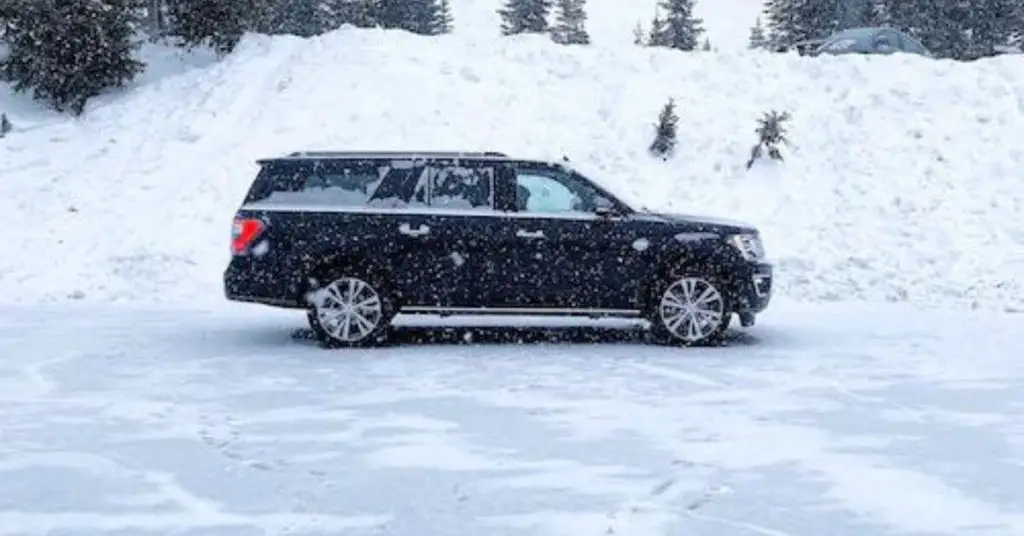
Ford Expedition
- A traditional full-size SUV with four-wheel drive, 9.8 inches of ground clearance, a terrain management system, and a roomy and comfortable interior with heated seats for up to eight people.
- It also has a powerful 3.5-liter V6 engine, a nine-speed automatic transmission, and safety features such as blind-spot monitoring, lane-keeping assist, and adaptive cruise control.
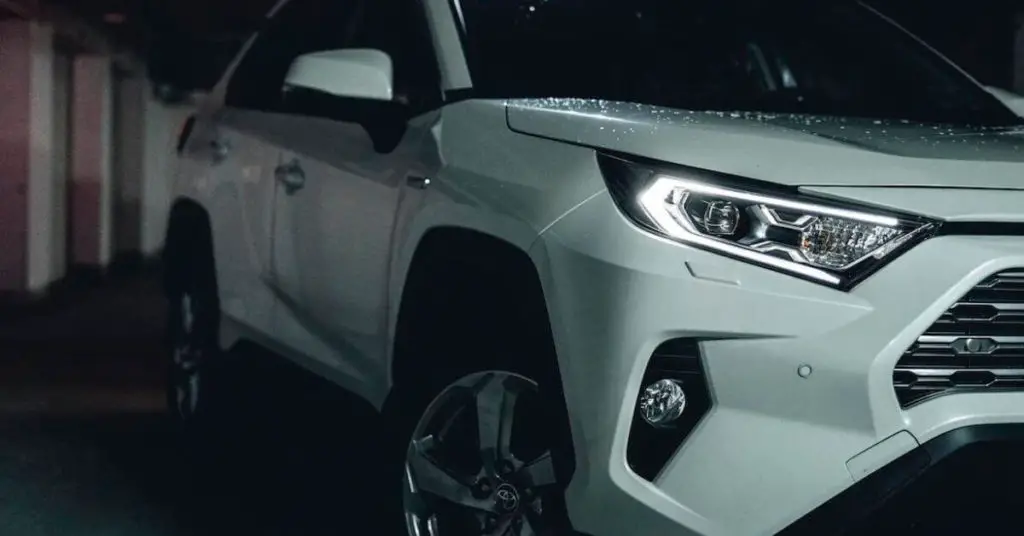
Toyota RAV4 Hybrid
- A compact hybrid SUV with all-wheel drive, 8.1 inches of ground clearance, a hybrid-specific trail mode, and a fuel-efficient and smooth powertrain.
- It also has a spacious and well-equipped cabin, a large cargo area, and a standard Toyota Safety Sense 2.0 package that includes automatic emergency braking, lane departure warning, rear cross-traffic alert, and road sign recognition.
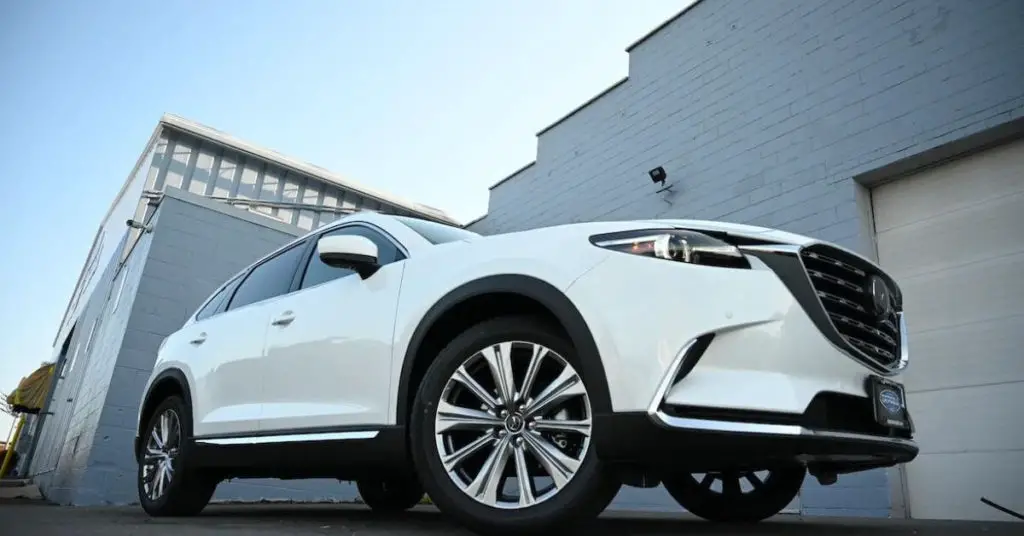
Mazda CX-9
- A midsize SUV with all-wheel drive, 8.8 inches of ground clearance, sporty and agile handling, and a refined and luxurious cabin.
- It also has a turbocharged 2.5-liter four-cylinder engine that delivers plenty of power and torque, a six-speed automatic transmission that shifts smoothly, and a range of safety features such as rain-sensing windshield wipers, rear cross-traffic alert, adaptive headlights, and rain-sensing wipers.
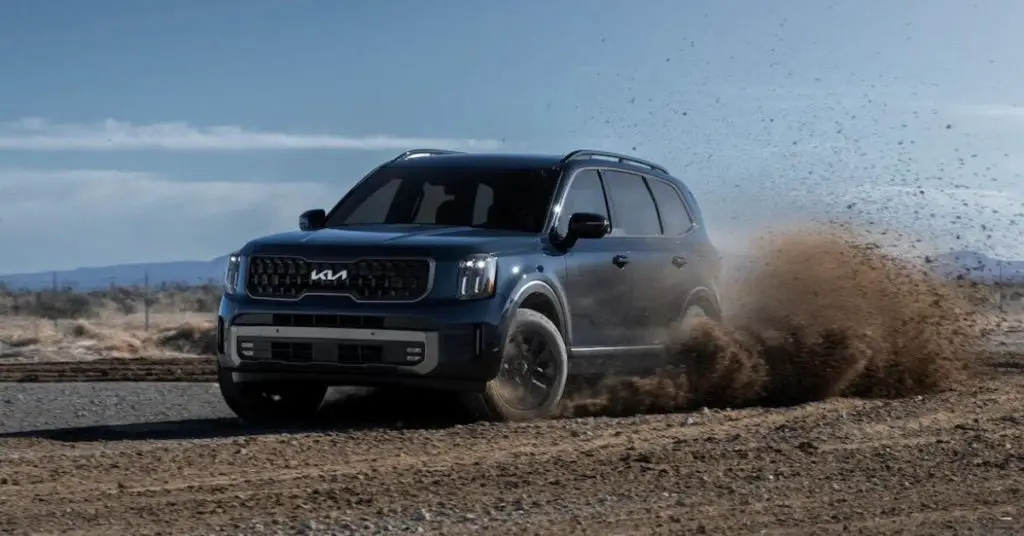
Kia Telluride
- A large crossover with all-wheel drive and 8 inches of ground clearance.
- The Telluride is powered by a 3.8-liter V6 engine that generates 291 horsepower and 262 pound-feet of torque. The engine is mated to an eight-speed automatic transmission that delivers smooth and responsive shifts. The Telluride has a fuel economy rating of 19 mpg in the city and 24 mpg on the highway with the 4WD system.
- It also has a spacious and comfortable cabin that can seat up to eight passengers, a generous cargo space, and a standard Kia Drive Wise package that includes forward collision warning, lane departure warning, adaptive cruise control, rear cross-traffic alert, and blind-spot monitoring.
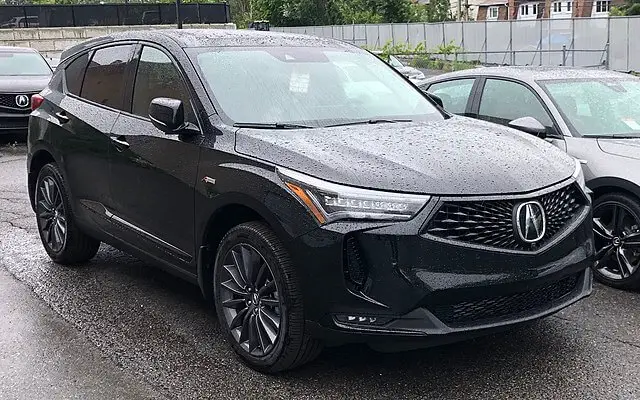
Acura RDX SH-AWD
- This is a luxury compact SUV that has the following:
- A 272-horsepower turbocharged 2.0-liter four-cylinder engine and a 10-speed automatic transmission.
- A standard super handling all-wheel drive (SH-AWD) system that can vary the amount of power sent to each wheel depending on the road conditions and the driver’s input
How to Choose the Best SUV for Driving in Snow
Now that you know what makes an SUV good for winter weather and snow and ice driving and what are some of the best SUVs for snow and ice driving in 2023,
How do you choose the best one for your needs and preferences?
Related Article: How to save big money and buy unsold SUVs?
Here are some helpful tips and recommendations for choosing the best SUV for snow and ice driving:
- Consider your budget: The price of an SUV can vary depending on the model, trim level, features, and options. Generally speaking, the more features and options an SUV has, the more expensive it will be. Therefore, you should have a realistic budget and compare different models within your price range. You can also look for discounts, incentives, financing options, or leasing deals to help you save money on your purchase.
- Consider your lifestyle: The size, capacity, performance, and fuel economy of an SUV can affect how well it suits your lifestyle. For example, if you have a large family or often carry a lot of passengers or cargo, you may opt for a larger SUV with more seats and space. If you value speed and agility over comfort and stability, you may prefer a smaller SUV with sportier handling. If you care about the environment and fuel costs, choose a hybrid or electric SUV with lower emissions and higher efficiency.
- Consider your location: The weather and road conditions can influence what kind of SUV you need for snow and ice driving. For example, if you live in an area where snow and ice are frequent and severe, you should invest in an SUV with a robust all-wheel drive or four-wheel drive system with a terrain mode selector. If you live in an area where snow and ice are occasional and mild, you may be OK with an SUV with a standard all-wheel-drive system or even a front-wheel-drive system with good tires.
- Consider your preferences: The style, design, features, and amenities of an SUV can reflect your personal preferences and taste. For example, if you like a sleek and modern look, you may opt for an SUV with a sharp exterior and a sophisticated interior. If you want a rugged and adventurous vibe, choose an SUV with a bold exterior and a durable interior. If you like to have the latest technologies and conveniences at your fingertips, you may select an SUV with a high-tech dashboard and a premium sound system.
Which SUV handles best on snow and ice?
The Mazda CX-9 handles best on snow and ice, thanks to its sporty and agile handling, all-wheel drive system, and safety features.
Which SUV is best on ice?
The Toyota RAV4 Hybrid is best on ice, thanks to its good tires, hybrid-specific trail mode, and automatic emergency braking system.
Is AWD or 4WD better for snow and ice?
AWD is more fuel-efficient and convenient, while 4WD offers superior traction in deep snow and off-road situations. Both are better than 2WD in icy conditions.
Are AWD cars or SUVs better for snow?
AWD cars offer better handling and fuel efficiency, while AWD SUVs provide higher clearance and visibility. Both perform well on snow but have different trade-offs.
What are the best SUVs for snow, according to Consumer Reports?
The Subaru Outback is the top-rated SUV for snow by Consumer Reports, scoring 96/100. It features standard AWD, a spacious cabin, a powerful turbocharged engine, great fuel economy, advanced safety features, and reliability.
Are SUVs better on icy roads?
SUVs aren’t inherently better on icy roads. Performance depends on factors like tires, braking, and traction control systems. However, some SUVs have features, such as AWD or 4WD and advanced safety systems, that can improve their handling on icy roads.
Conclusion
Choosing the best SUV’s for snow and ice driving can be challenging but rewarding.
Following the tips and recommendations in this article, you can find an SUV that meets your needs and preferences while providing safety, comfort, and performance on snowy and icy roads.
Some of the best SUVs for snow and ice driving in 2023 are the Subaru Outback, the Ford Expedition, the Toyota RAV4 Hybrid, the Mazda CX-9, and the Kia Telluride.
These SUVs for winter weather have excellent features and benefits that make them stand out. We hope this article has been helpful and informative for you.
If you have any questions or comments, don’t hesitate to get in touch with us. Thank you for reading, and happy winter driving, everyone!



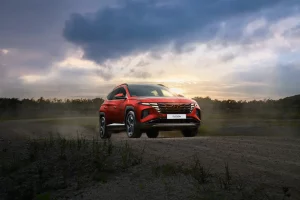

Pingback: Unsold SUVs | How To Save Big On Your Next Vehicle